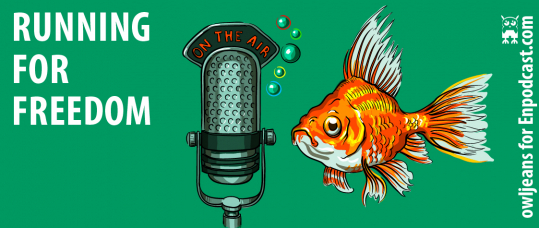Feyisa Lilesa, an Ethiopian marathon runner, finished his race at the 2016 Olympics with a daring protest. As he crossed the finish line, he also crossed his arms above his head. He made this gesture in support of anti-government protesters in Ethiopia. He made the sign again when he accepted his silver medal. Lilesa is from Oromia, Ethiopia and belongs to the Oromia tribe. The Ethiopian government has been discriminating against and abusing the Oromia people. Through his gesture, he was protesting against these human rights abuses and calling for justice.
At the 2016 Paralympic Games, another Ethiopian runner made the same protest. Tamiru Demisse won the silver in the men's 1500 meter race and also made the gesture as he crossed the finish line. The Paralympic Committee told him before the race that he must not make any protests. But Demisse did it anyway.
Olympic athletes are not allowed to make political statements during Olympic Games. Neither Lilesa nor Demisse will face any sanctions, but other protesting athletes haven't been so lucky. The most famous protesting Olympic athletes were Tommie Smith and John Carlos at the 1968 Summer Olympics. They won gold and bronze medals in the 200 meter running event. When on the podium to accept their medals, they lifted their fists in a protest against how African Americans were being treated in the United States. These two athletes were expelled from the Games.
Podcast

Прослушало
208
Running For Freedom
Feyisa Lilesa, an Ethiopian marathon runner, finished his race at the 2016 Olympics with a daring protest. As he crossed the finish line, he also crossed his arms above his head. Listen to this podcast and find out what this gesture means.
Voiced by Vivica Williams















